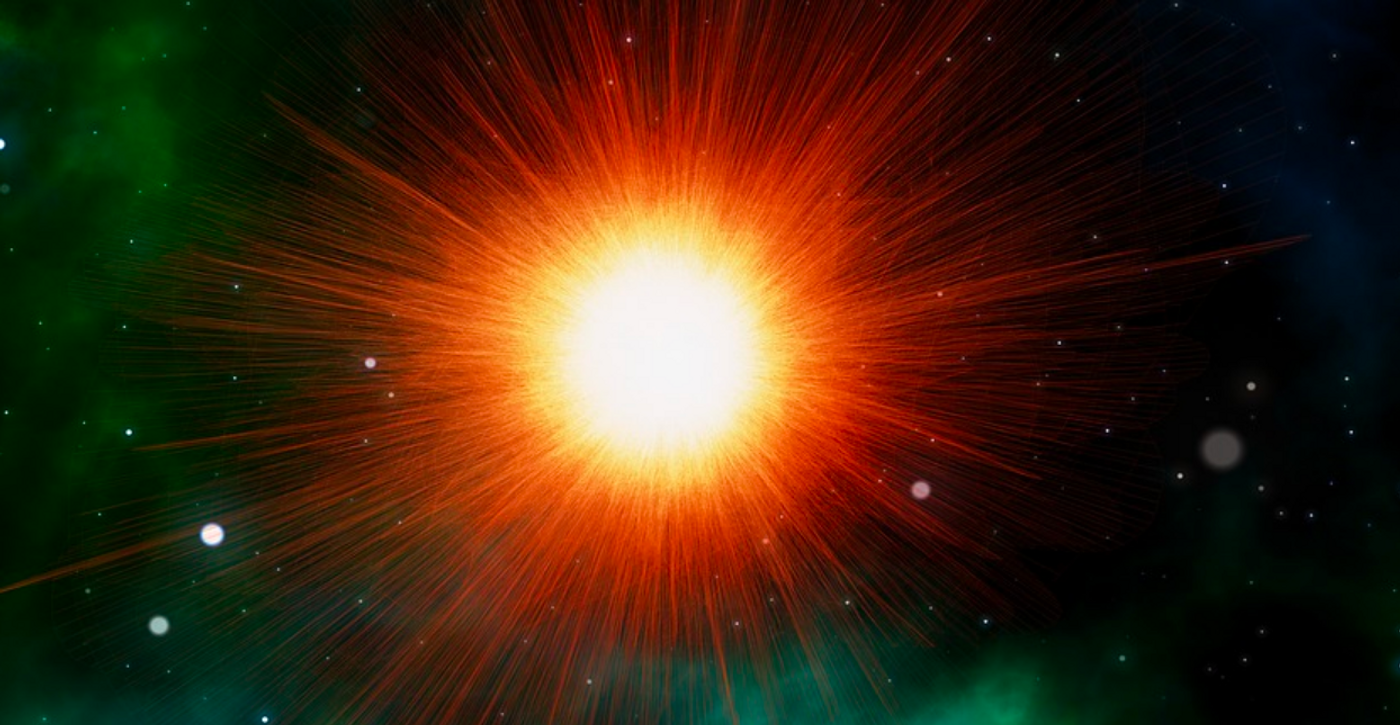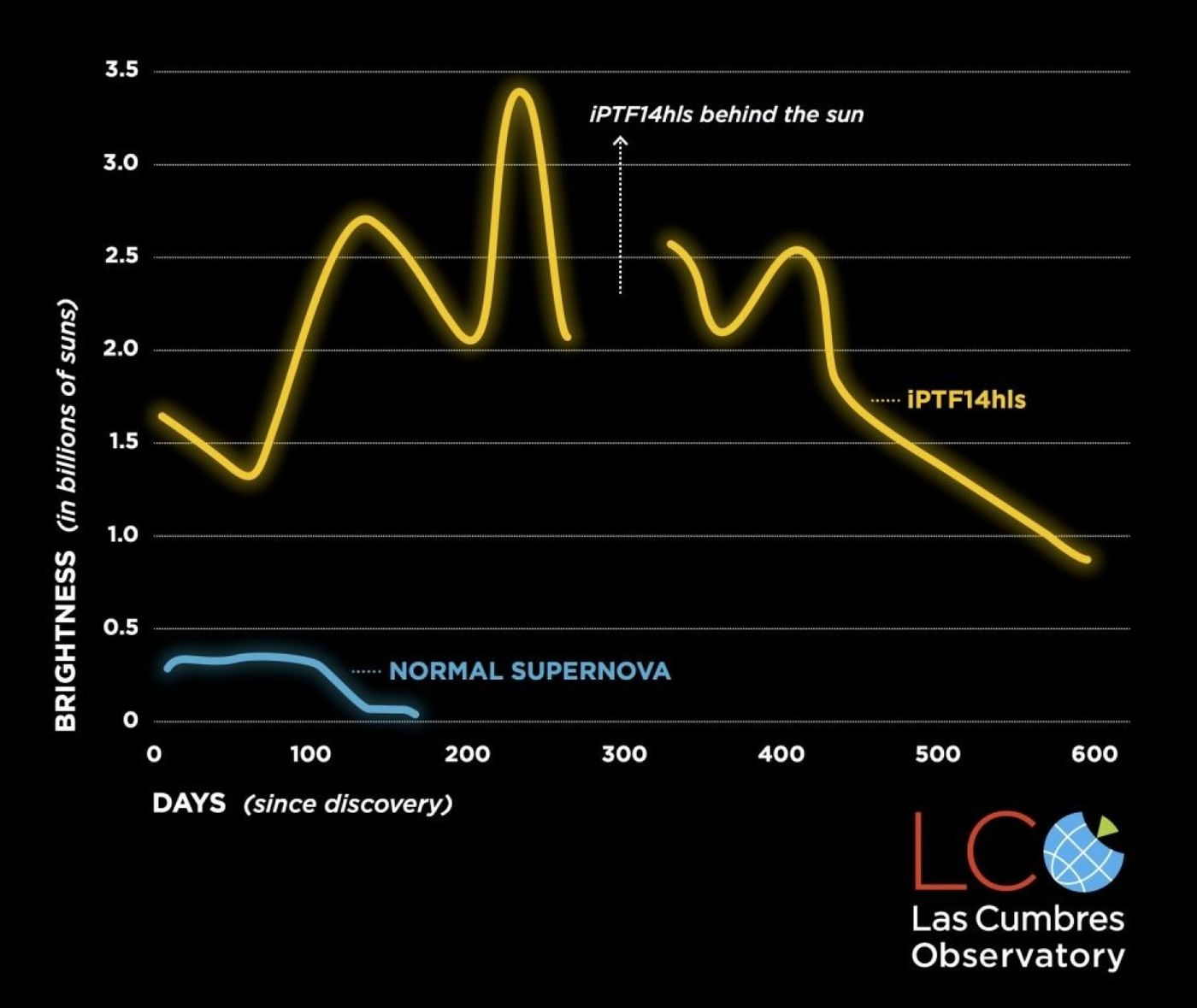Astronomers Say This Star Went Supernova More Than Once
An international team of astronomers is dumbfounded after analyzing what appears to be a star that doesn’t want to die.
Image Credit: Geralt/Pixabay
Observations from September of 2014 revealed an illuminating flash reminiscent of a supernova, but after digging through some supernova archive files, they found that yet another supernova explosion had occurred in the same stellar position in 1954.
As unusual as the correlation would seem, the data indicates that a type II-P supernova dubbed iPTF14hls has exploded multiple times. If true, this would be the first time astronomers have ever come across an incident of this nature, as supernovae typically mark the death of a star.
The team published their findings in the journal Nature.
“We’ve never really caught two supernovae happening in the same place before,” said study lead author Iair Arcavi from the University of California at Santa Barbara. “It would be really weird if the first time we see it is also the strangest supernova we’ve ever seen.”
Related: Is this our first glimpse at a failed supernova?
If it wasn’t exceptional enough that the latest explosion occurred in an identical place as a blast recorded many decades ago, astronomers also noticed that the supernova’s duration was much longer than usual. The bright bursts of light from most type II-P supernovae last just over 100 days, but iPTF14hls persisted for more than 600.
Image Credit: LCO/S. Wilkinson
One plausible theory is that the star may have destabilized and shed some of its outer layers back in 1954, leaving something behind to blow up yet again in 2014.
That said, astronomers think this behavior only takes place in stars about 100 times larger than our Sun after antimatter forms at its core. Explosions from this process can purportedly transpire several times over the course of years or decades. Nevertheless, the researchers indicate that the chance of iPTF14hls exhibiting this behavior is slim for a couple of reasons.
For one, the intensity of the 2014 flash was much fiercer than experts would expect. Secondly, astronomers can study the light a supernova emits to deduce the star’s chemical composition, and the light from iPTF14hls didn’t align with astronomers’ expectations either.
Related: Astronomers observe a supernova with the intensity of 100 million Suns
Attempting to elucidate what happened here proves excruciatingly-challenging for the astronomers. All modern theories fall short of describing the anomalous behavior of iPTF14hls, suggesting that there could be an entirely new mechanism at work here that we aren't aware of.
The researchers acknowledge the small chance that the initial explosion could have been from a different star in the same galaxy, but Arcavi underscores how the odds of this happening are negligible; lower than 5 percent. This uncertainty exists because the galaxy iPTF14hls resides inside of is too far away for astronomers to discern one of its stars from another.
“Either this might be the first pulsational pair instability supernova, but the theory needs to be modified, or it might not be that, in which case the theory needs to be something completely new,” Arcavi continued.
Related: Scientists have felt the shockwaves from a supernova for the first time
As it would seem, there’s a lot of ambivalence surrounding iPTF14hls, but the only way we’ll ever learn more is by continuing to study it. Fortunately, the team is already booking appointments with the Hubble Space Telescope to make future observations.
It should be interesting to see whether astronomers will get to the bottom of iPTF14hls’s unexplained behavior or not.
Source: BBC, Washington Post










